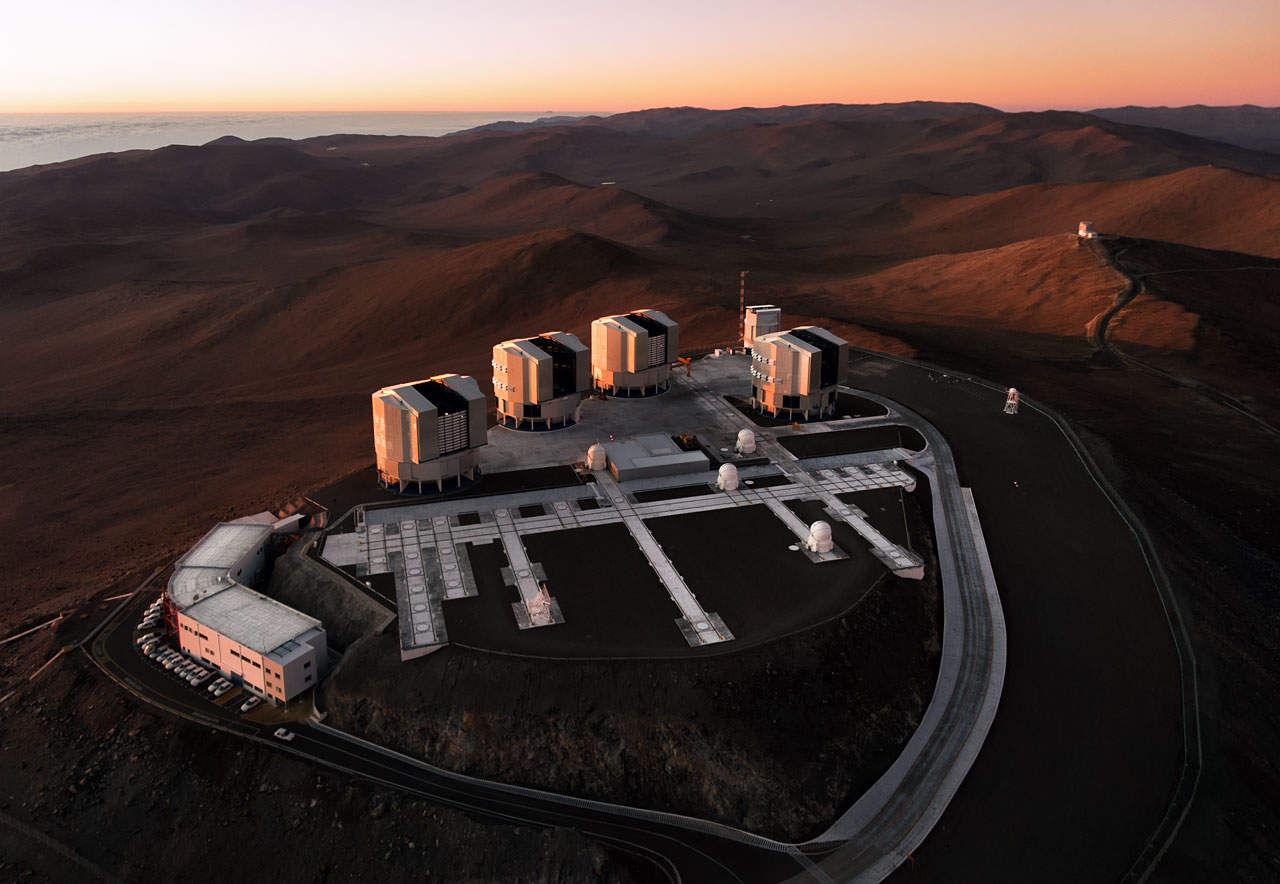China to attempt lunar far side sample return in 2024
HELSINKI — China will launch its Chang’e-6 lunar sample return mission next year in an attempt at a first-ever collection of material from the far side of the moon.
Chang’e-6 will launch following the deployment of a new lunar relay satellite in the first half of the year to support the mission, the China National Space Administration (CNSA) announced Sept. 29.
The roughly 8,200-kilogram, four-part spacecraft will launch on a Long March 5 rocket from the coastal Wenchang spaceport. It will embark on a near two-month odyssey to deliver scientifically valuable lunar samples to Earth.
The mission will use a service module for maneuvers. A lander will target a landing in the southern portion of Apollo crater within the South Pole-Aitken (SPA) basin, a gigantic, ancient impact basin which may provide access to material ejected from the moon’s depths.
The lander will attempt to collect 2,000 grams of material, both scooped from the surface and collected by a drill. An ascent vehicle will send a canister of collected samples back into lunar orbit for rendezvous and docking with the service module.
The service module will then return to Earth, releasing a reentry module designed to protect the samples during a high-speed atmospheric reentry.
If successful, the mission would allow scientists to potentially analyze material excavated from the lunar mantle. This could offer insights into both the composition of this otherwise inaccessible part of the moon, and even evolution of the moon and how it differentiated into layers.
It could also lead to new understandings of lunar composition, volcanism, volatiles and the history of the solar system.
CNSA made the announcement on Mid-Autumn Festival, a traditional festival coinciding with the harvest moon, close to the autumnal equinox. Earlier presentations suggest a launch in May 2024. CNSA did not confirm this in the new statement.
Details released by China’s Deep Space Exploration Laboratory (DSEL) earlier this year reveal that the mission will take 53 days. Chang’e-5, the country’s first lunar sample return, took 22 days from launch to the delivery of samples to Earth, indicating a greater complexity for the new mission.
Chang’e-6 is a repurposed backup to Chang’e-5. That mission launched in 2020 and collected 1,731 grams of material from Oceanus Procellarum on the moon’s near side.
Part of the greater complexity comes from the requirement for the Queqiao-2 (“Magpie Bridge-2”) relay satellite. The satellite will act as a communications relay between teams on the ground and lunar far side.
A relay is required as the far side of the moon never faces Earth due to tidal locking, whereby the Earth’s gravity has slowed the rotation of the moon to nearly match the time it takes for it to orbit our planet. This makes direct communication with the lunar far side impossible.
The first Queqiao satellite supported the 2019 Chang’e-4 mission. That mission marked an international first soft landing on the lunar far side. Queqiao-2 will enter a distant retrograde orbit (DRO) or an inclined highly elliptical frozen orbit to support Chang’e-6, rather than the more positionally stable halo orbit around Earth-moon Lagrange point 2 used by Queqiao-1.
DSEL published an updated drive map for Yutu-2 on its Weibo social media account on Sept. 29 to mark the Mid-Autumn festival. The 140-kg solar powered vehicle has been roving in Von Kármán crater for four years and eight months.
Chang’e-6 will also carry international payloads. France is providing the Detection of Outgassing RadoN (DORN) instrument which will detect radon outgassing from the lunar crust. Sweden, with ESA support, will contribute the Negative Ions at the Lunar Surface (NILS) payload.
An Italian passive laser retro-reflector will also be aboard. The ICUBE-Q cubesat for Pakistan is also part of the mission.”
Samples collected by Chang’e-6 will initially be available to Chinese scientists and institutions before being opened to research proposals internationally. CNSA made the Chang’e-5 material open to international scientists last month, nearly three years after the return of the spacecraft.
The service module for Chang’e-5 was, after releasing its reentry capsule, sent on extended missions. It first visited Sun-Earth L1 before testing out a DRO. NASA’s OSIRIS-REx spacecraft likewise used a trajectory change after releasing its asteroid samples to set course for asteroid Apophis. The Chang’e-6 service module could also be set for bonus adventures.
The Chang’e-5 and 6 missions can also be seen as miniature test missions for getting astronauts onto the moon and safely back to Earth. China has recently stated it intends to put a pair of astronauts on the moon before 2030. Chang’e-6 is also nominally part of the China-led International Lunar Research Station (ILRS) program.




